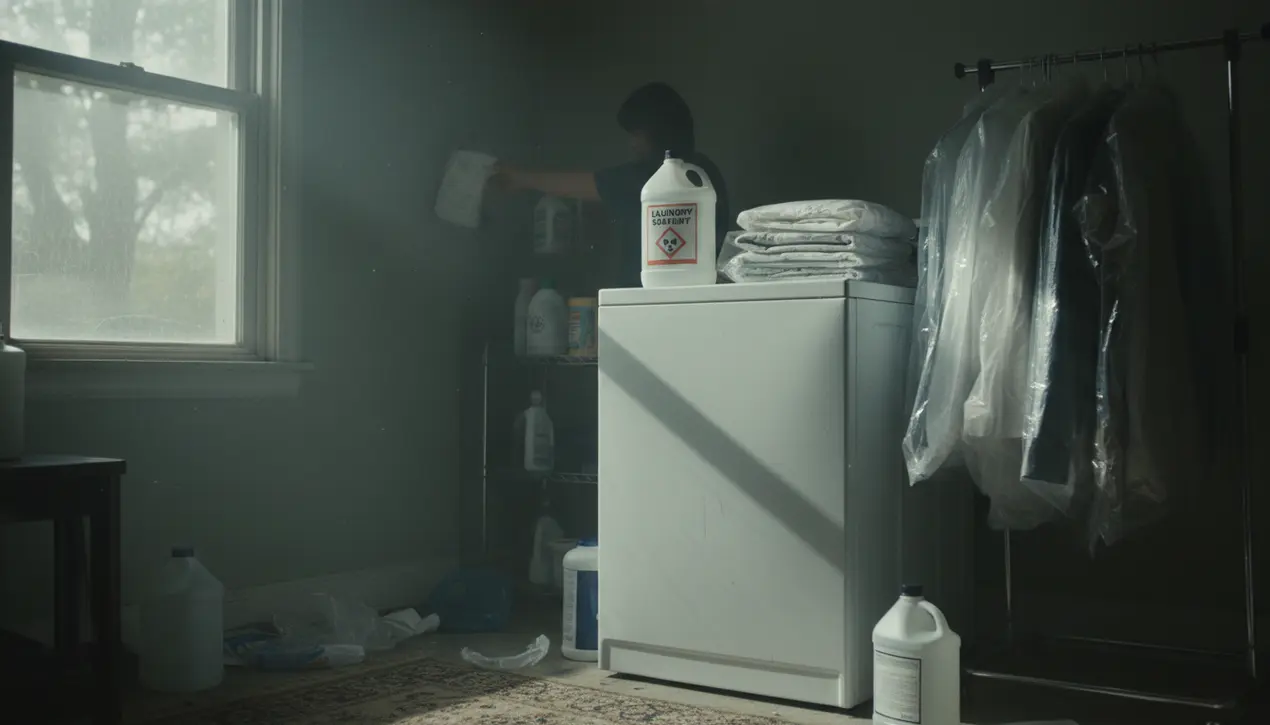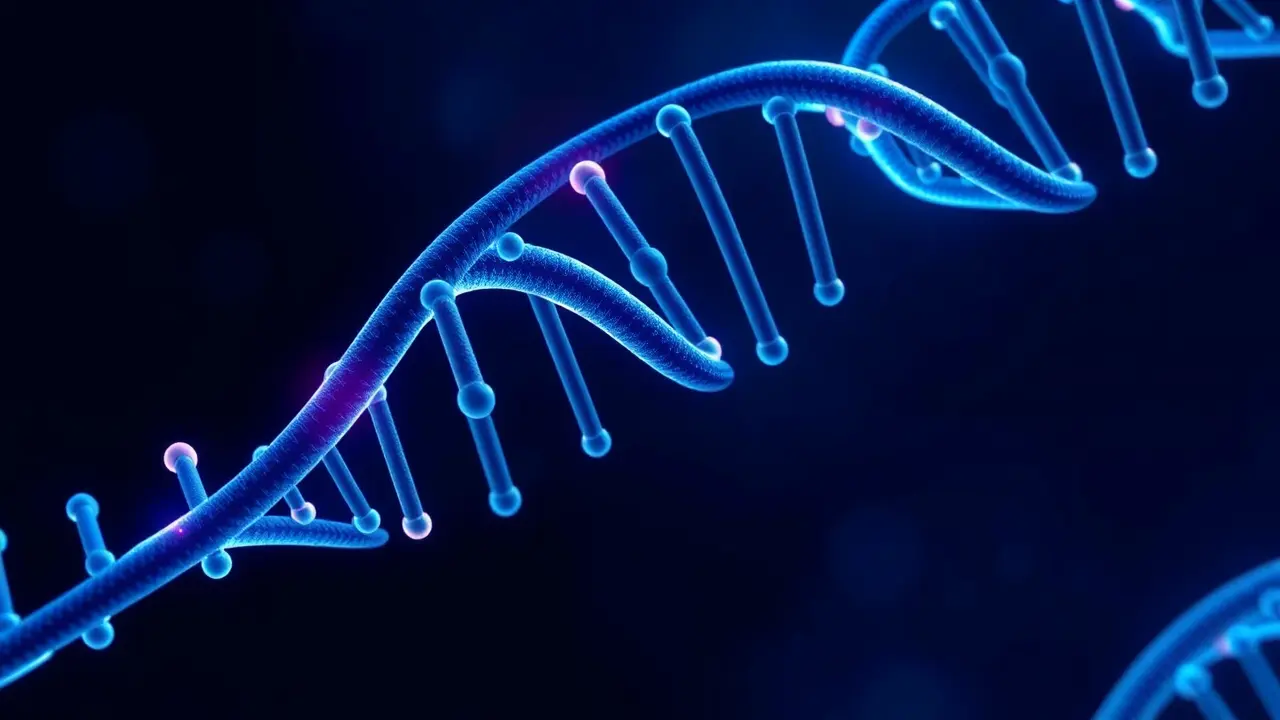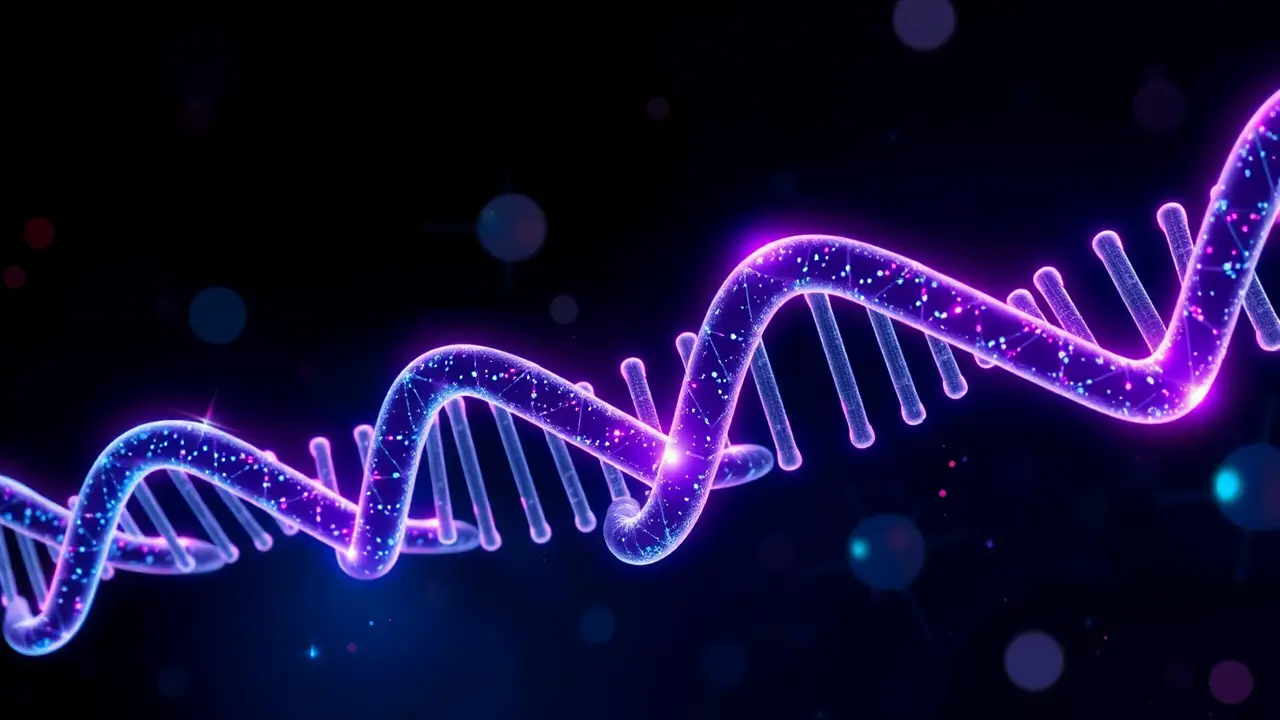
SciencemedicinePublic Health
Hidden household toxin triples liver disease risk, study finds
RA
Rachel Adams
6 hours ago7 min read6 comments
In a revelation that underscores the silent, creeping nature of our modern environmental crisis, a new study has pinpointed tetrachloroethylene—a chemical commonly used in dry cleaning and lurking within countless household products—as a potent driver of severe liver disease. The findings are stark: individuals exposed to PCE were found to be three times more likely to develop debilitating liver scarring, a condition known as fibrosis, and this elevated risk persisted even when conventional culprits like alcohol consumption or obesity were removed from the equation.This isn't merely an isolated health scare; it is a systemic failure, a testament to how our industrialized world saturates the very air we breathe and the water we drink with insidious compounds. Tetrachloroethylene, or PERC, has been a workhorse solvent for decades, its chemical signature embedded in the fabric of urban and suburban life, from the crisp finish on freshly dry-cleanned suits to the formulations of certain adhesives and paint removers.Its volatility means it readily evaporates into the atmosphere, and its persistence allows it to leach into groundwater, creating a pervasive exposure network that public health authorities have been slow to fully quantify. The study’s methodology, likely involving rigorous cohort tracking and biomarker analysis, moves beyond correlation to suggest a disturbing causative link, forcing us to confront the uncomfortable reality that our livers, the body's primary detoxification organs, are being silently besieged by a man-made invader.This echoes historical environmental tragedies like the leaded gasoline crisis or the ongoing PFAS 'forever chemical' contamination, where the full health ramifications only became clear decades after widespread adoption. The implications are profound, particularly for environmental justice communities often situated near dry cleaning facilities or in areas with aging, contaminated water infrastructure.We must ask ourselves: how many other such stealth toxins are we routinely exposed to, their chronic effects remaining hidden until it is too late? Regulatory bodies like the EPA have long classified PCE as a likely human carcinogen and have imposed limits, but this new evidence on non-alcoholic liver disease—a global epidemic in its own right—demands a radical re-evaluation of what constitutes a 'safe' level of exposure. The fight is not just in the lab; it is in our communities, pushing for greener alternatives in the dry-cleaning industry, demanding stricter oversight of consumer product ingredients, and advocating for robust environmental remediation. The health of our planet and the health of our bodies are inextricably linked, and this study is another clarion call that we ignore at our peril.
#featured
#tetrachloroethylene
#liver disease
#chemical exposure
#household toxins
#public health
#environmental health
Stay Informed. Act Smarter.
Get weekly highlights, major headlines, and expert insights — then put your knowledge to work in our live prediction markets.
Related News
Comments
Loading comments...
© 2025 Outpoll Service LTD. All rights reserved.








